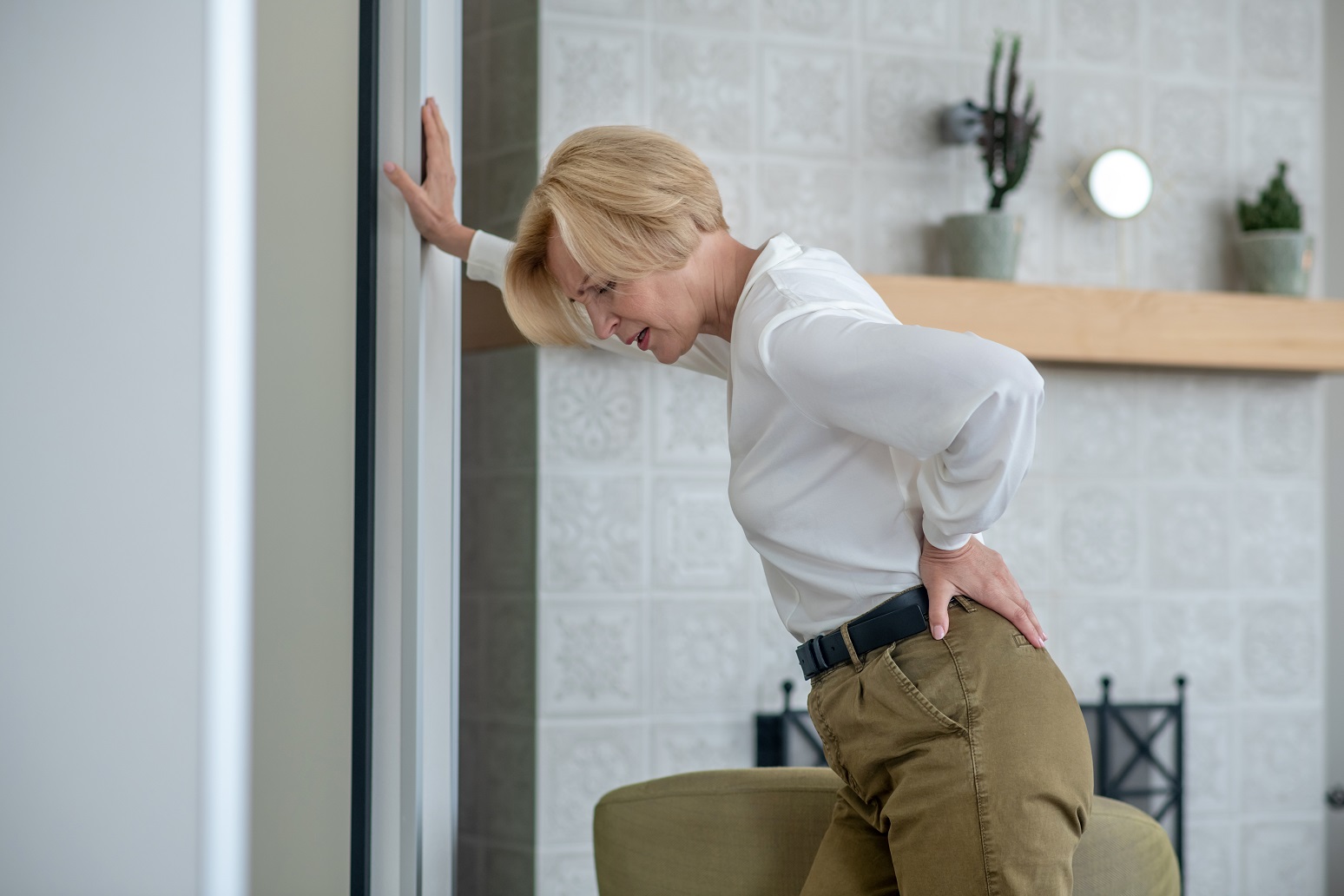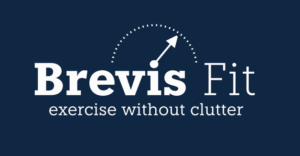Introduction
Lower back pain affects many people at some point in their lives. The reason for lower back pain varies from person to person since there are multiple factors that contribute to it. This article will discuss the causes of lower back problems and how to avoid them.
The function of the lower back
The lower back is part of the spine that extends from the rib cage’s bottom to the top of the pelvis. It comprises bones, joints, muscles, and other tissues. The lower back generally supports the upper body’s weight and permits mobility.
Above all, it is the lower back’s job to maintain a straight posture, rotate around the spine and bend over. In functional anatomy, we say there are various lower back functions. Which are spine extension, spine rotation, side bending, and spine stabilization.
Anatomy of the lower back
The muscles of the lower back are both superficial and deep. The superficial muscles form a single unit known as the Erector spinae. This contains three different muscle groups:
- spinalis
- longissimus
- iliocostalis
Deep stabilizers of the spine
The superficial muscles of the erector spine are responsible for the three primary movement patterns. These are the extension, rotation, and side bend. However, these muscles do not stabilize the spine itself, but rather the torso. For spine stabilization, deep stabilizer muscles exist close to the spine itself. There are many deep stabilizers muscles grouped into units, which are the:
- rotators, and
- multifidus
Synergists
The lower back performs the above movements and functions, although never alone. Our bodily motions are generally involving the coordination of many muscle groups. They are all engaged in one complex or multi-joint movement. In that regard, the lower back is predominantly involved in hinging motions. The main action is the straightening of the torso into the upright position. The hinging movements are often assisted by the muscles listed below:
- glutes,
- hamstrings, and
- quadriceps.
The posterior chain muscles, amongst which we also classify the glutes and hamstrings, are the leading synergists of the lower back.
Antagonists
Finally, the lower back antagonists are another important set of muscles for low back pain. These muscles support the function of the lower back and its synergists. Antagonists help the lower back and its synergists, by relaxing when the working muscles contract. The most frequent antagonist of the lower back are:
- the hip flexors, and
- the abdominals.
Irritations of the nerve
The first kind of back pain we know is the pain coming from irritated nerves. The vertebrae, spinal cord, nerve roots, and (intervertebral) disks make up our spine. The spinal cord travels through vertebrae cushioned with disks to absorb physical impact. Nerve irritations occur when the disks protrude from the vertebrae and irritate the nerve. At that point, we have a pinched nerve. Which causes discomfort, numbness, and spasms in other extremities, notably the legs.
Incorrect posture creates bulging disks
One of the major reason for back pain are bulging disks. In this situation, the start of the issue is an incorrect posture of the spine. The spine’s natural curvature allows all vertebrae to properly channel mechanical stress [2]. But, when the alignment of the spine is altered, the pressure on the vertebrae changes. This causes an imbalance of load on the vertebrae. Then pushes the disks to bulge from the opposite side of the vertebrae where the force is dominantly applied to. As the disks protrude more and more, they reach the stage of hernia and nerve impingement.
Sometimes, we force ourselves into an inappropriate spinal posture. To which the leading cause is weak lower back muscles. Incorrect posture happens when our muscles can’t maintain a neutral position of the spine. However, there are three main reasons why our back muscles fail to maintain a healthy posture:
- muscular strength imbalance,
- muscular fatigue,
- spinal pressure

Strength imbalance offsets the spine curve
As our other blog posts mentioned, muscles rarely work in isolation, but rather in synergy [3]. In that regard, the glutes and the hamstrings are the most frequent synergists to the lower back. A stronger glute and hamstring muscle will reduce the stress on the lower back by helping to carry the burden. For that reason, using multi-joint exercises is an additional benefit, since all the muscles in a movement engage together.
In contrast, we also need to strengthen the antagonist muscles [4, Ch. Agonist and antagonist muscles]. When we perform a movement for our lower back, it is not only the contracting muscles – agonists, that activate. There are also the antagonists. These regulate speed and reverse motion. Abdominals and hip flexors are common antagonists for lower back movements. An agonist-antagonist strength imbalance can cause postural issues and injuries. Back muscles that are stronger than abdominals exaggerate lordosis, and vice versa. A lordosis eventually leads to a disk protrusion, because of the uneven pressures applied to the spine. Disk protrusions, bulges, and nerve impingements can cause pain and spasms. Finally, lordosis is effectively a state of exaggerated extension or flexion of the lower back. This can lead to active insufficiency, which in turn prevents activation of the prime muscles and leads to straining deeper stabilizer muscles.

Muscular fatigue leads to stiffness
Another factor that determines a healthy posture is muscle stiffness. Long-term static postures produce muscle strain and stiffness. When a muscle is stiff, it has a hard time relaxing. The stiff muscle pulls too much towards its origin, causing postural distortion. A typical and frequent example of such a situation is prolonged seating. Our hip flexors get tight when we sit for a very long time. As indicated, hip flexors are a lower back antagonist muscle. When a hip flexor is contracted, it pulls the pelvis to the front, which changes the spine curvature. Because of that, the back muscles are now in an overly stretched position. It can be like the case of lordosis, i.e., disk bulges, leading to nerve irritations and impingements.

The direct pressure on the spine
When we Exercise, we don’t need only fatigue the muscles but also other structures, such as the joints and ligaments. But, this is not too much of a good thing. We want to save those structures as much as possible since they can get worn down and are hard to regenerate. When exercising our lower back, we can put a lot of pressure on our spine. Especially exercises that put the resistance on top of your spine (a barbell squat) create enormous stress.
Muscle strain
The other source of pain in the lower back is muscle strain. Deep stabilizer muscles are more taxed than superficial ones in the lower back. When deeply fatigued, adjacent muscles aid in maintaining the activity.
Good Exercise form prevents injuries
Exercises help to exhaust specific muscles. We strain the superficial and deep stabilizer muscles with activities for the lower back. The main question about exercise is the nature of the overload. This is in the domain of Exercise form. The perfect exercise form would apply the load based on the momentary muscular strength. However, such an Exercise requires specialized machines, which are hard to come by. And for that reason, we need to ensure that other aspects of the Exercise form get considered. Especially the speed of movement and range of motion. In that regard, the best approach is to slow down and avoid jerky movements. Even better is to replace dynamic exercises with static ones. Those eliminate most of the issues that exist with typical exercise.
Spasms come from deep stabilizer muscles
Resistance bands, body weight exercises, and weights apply large forces to muscles. As in most cases, the first muscle to fatigue is the prime movers. Eventually, when those fatigues, the deeper stabilizers engage to help. If this happens, stabilizers may spasm and impinge the spinal cord. Namely, deep muscular fatigue and an extended range of motion cause the load to shift to the next muscle than can support the movement. In the case of the lower back, the load is transferred to the deep stabilizers, which are not intended for load-bearing. Because of that, they can go into spasms.
Maintaining a pain-free lower back
As we have listed throughout this article, there are many sources of back pain. For that reason, there are different treatments for it. In general, when there is pain, we first resolve it with relaxation to be able to regain normal movement. After that, it is about having an intelligent routine of daily stretches and weekly Exercise.
Rest and relax
The first remedy to resolve pain and prevent further occurrence is relaxation. When we experience pain, we should rest and relax. By choice, we would also relax most of the time, i.e., not overuse our muscles and joints. Our body is more suited for short-term rather than long-term, steady-state activity.

Stretch your muscles on a daily basis
This is, for the most part, due to static postures like sitting and standing. While maintaining a posture, specific muscles get fatigued and become tight. In the case of seating, these are the hip flexors. A tight hip flexor alters the healthy lower back posture by pulling the pelvis towards its origin. For that reason, we need to stretch or massage these muscles to make them relax.
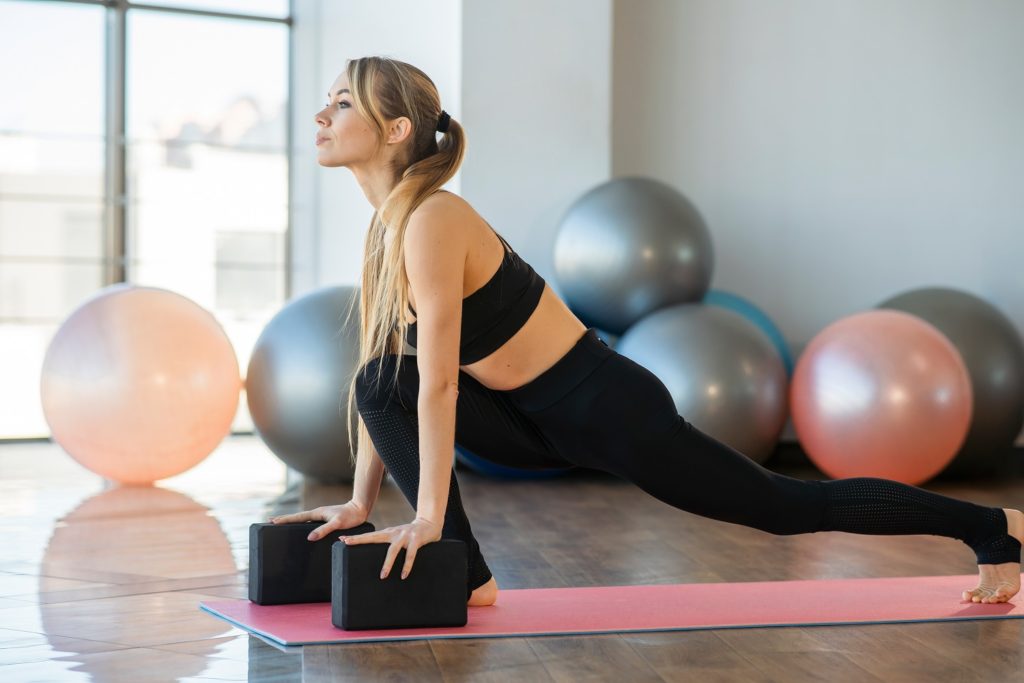
Avoid injuries outside the gym
Once we are void of pain and have a daily stretching routine to mitigate stiffness from static postures, we shall start being mindful of how we move and lift objects in our daily lives Most of the time, the source of injuries is an incorrect form or movement. This happens when we carry large bags in one hand, lift heavy items from the floor, work by twisting around the spine, and so on. All these uncomfortable motions might build over time and cause back discomfort.
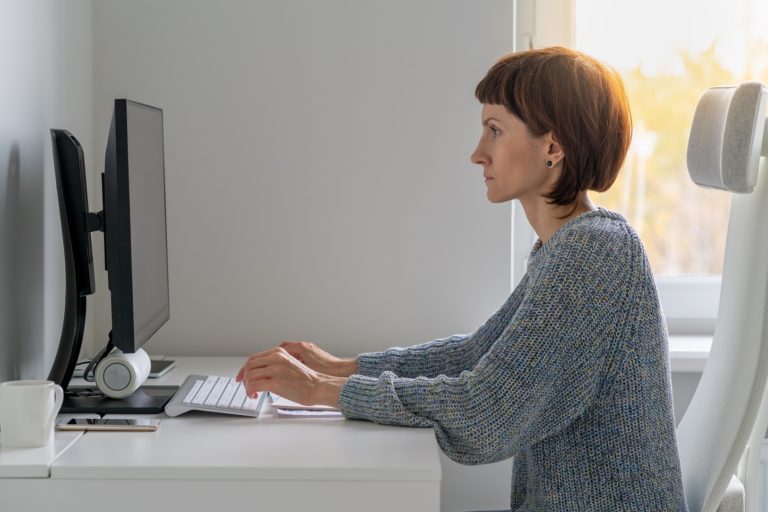
Strengthen your muscles with Exercise
Following the first three steps should mitigate and prevent most back pain. However, we would like to improve our strength and stamina to sustain more stress on our back. For this, it is needed to increase our strength. And the best approach for this is Exercise [5]. With a smart exercise approach, 3 to 4 core movements and 15 minutes of training per week are all there is needed [4].
Strengthen your lower back in isolation
Suppose you want to make your lower back even more robust. In that case, you can add isolation Exercises that target that area. This fatigues your lower back muscles more specifically, which boosts strength in the area. With exercises for the lower back, great form is that much more important [6].
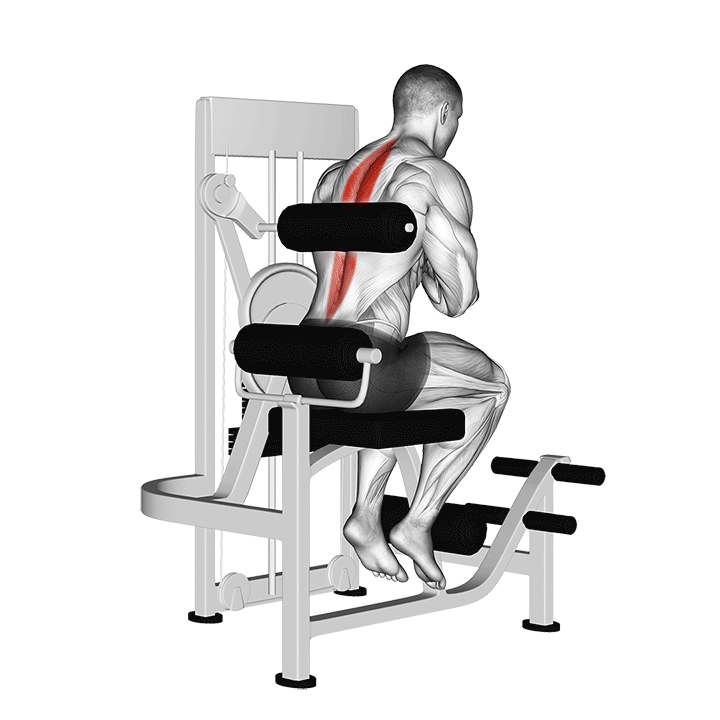
Conclusions
In this article, we have looked at low back pain. First, we defined the lower back’s role and which muscles aid its position. These would be the glutes and hamstrings, the hip flexors, and the abdominals. Secondly, we have established two sources of back pain: spinal nerve irritation and muscle strain. Finally, we have provided a 5 step guide required to ease and remove back pain from your life.
